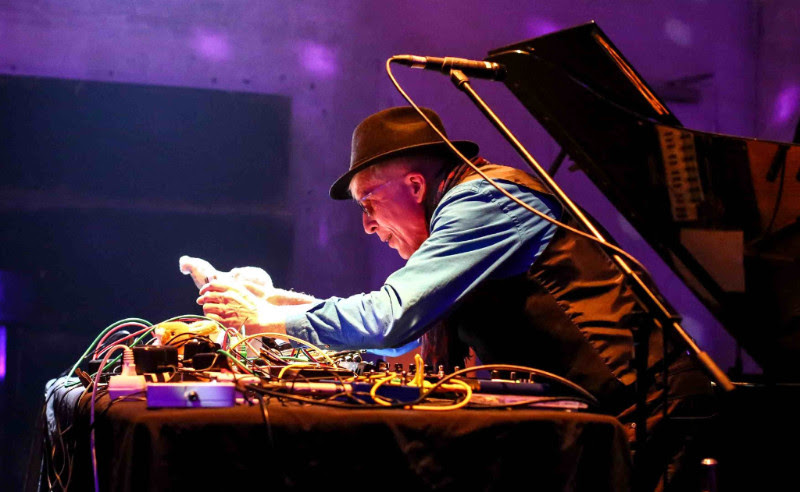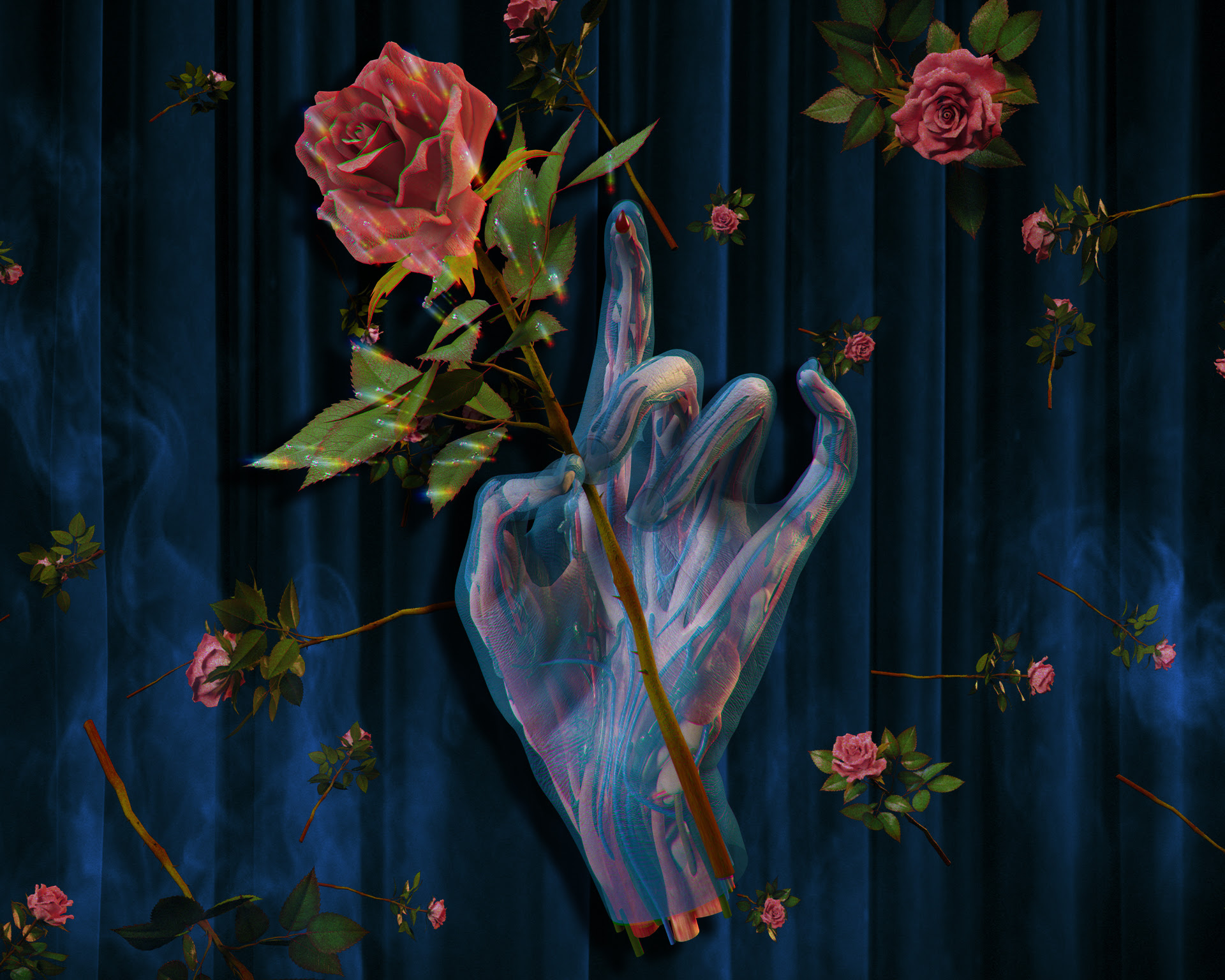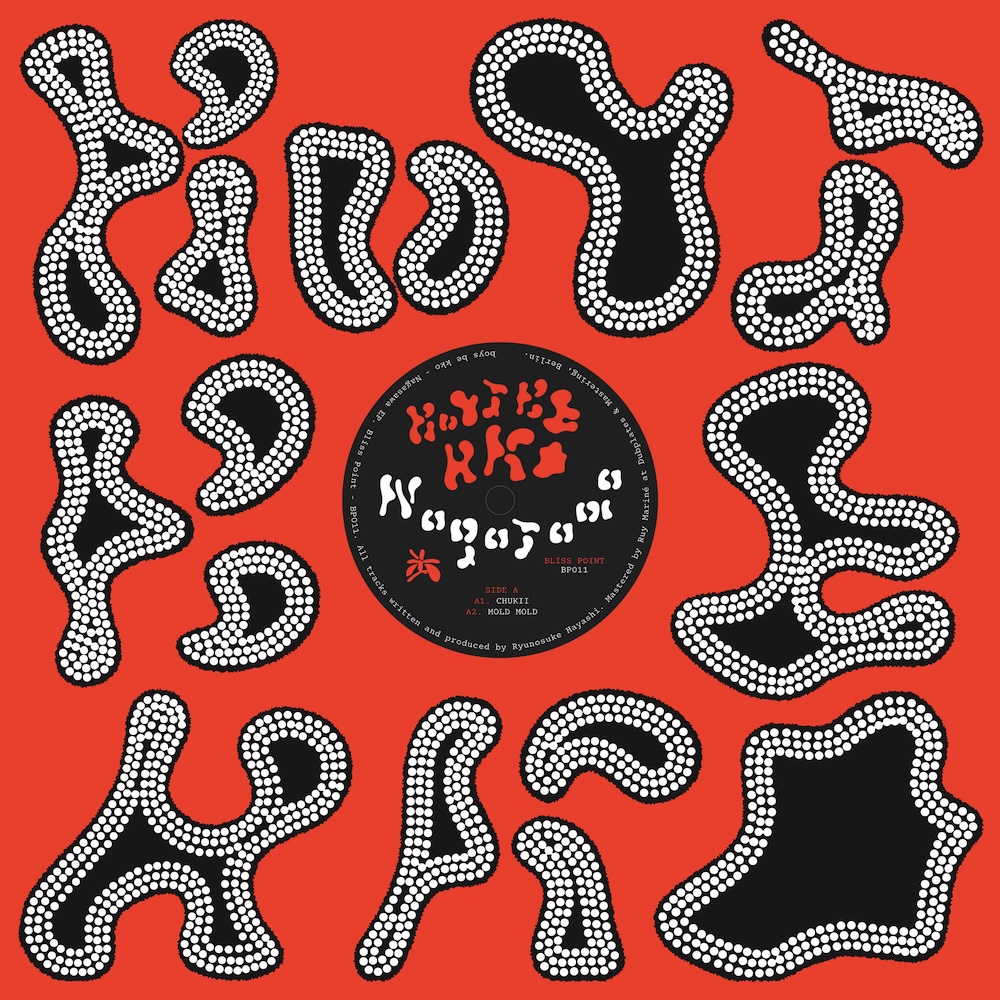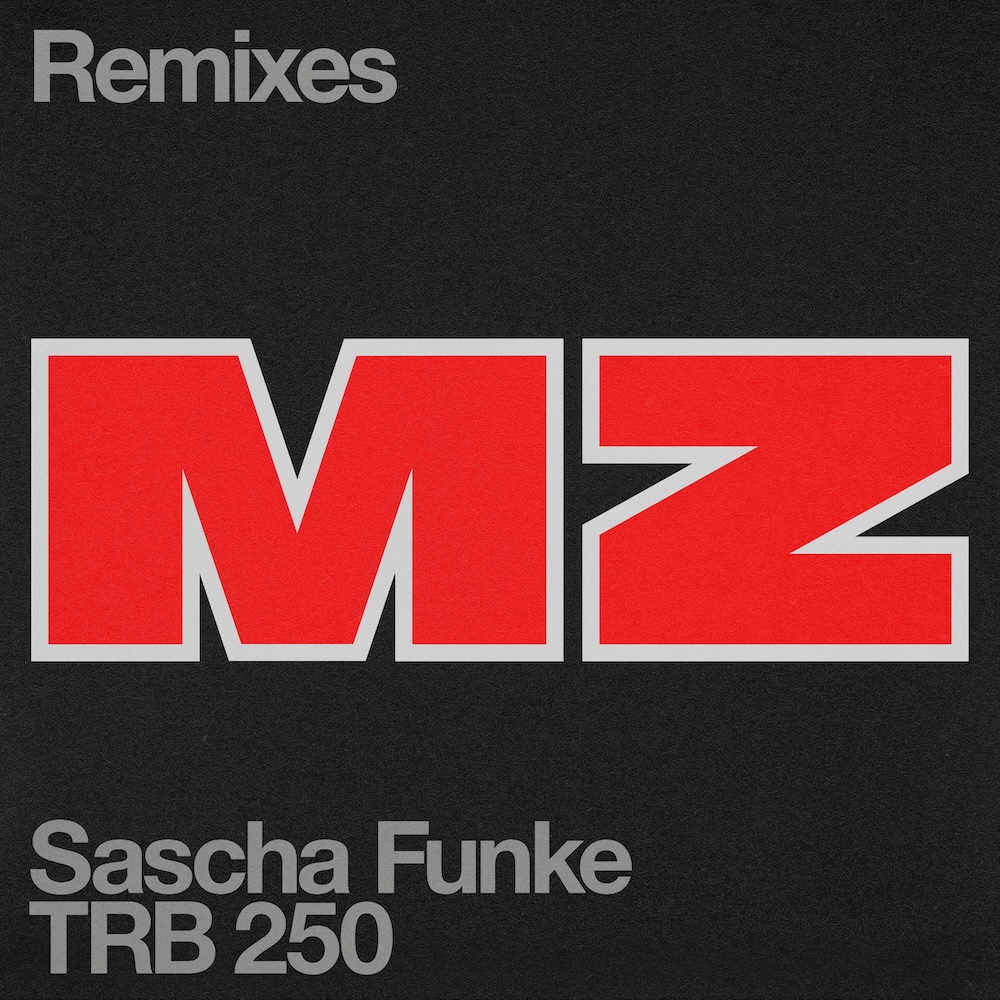Influences: Rhys Chatham

Rhys Chatham, mentor to Sonic Youth and pioneer of the 100 guitar orchestra, has a new album out next month, his first in three years. Composed, performed, produced, engineered and mastered solely by Chatham, Pythagorean Dream is named after the particular guitar tuning it employs.
Having studied under Terry Riley and La Monte Young in the early '70s, Chatham went on to create "a new kind of urban music", combining the textural intricacies of the New York avant-garde with the visceral fury of punk rock. His work prefigured the No Wave scene and was hugely influential for artists such as Swans and Glenn Branca.
For this piece, rather than providing a career overview, Rhys has focused on the influences for the new album. He's split his picks into four categories:
"In Pythagorean Dream, there are four categories at work as far as influences go: COMPOSITIONAL influences, and then TRUMPET, ELECTRIC GUITAR and FINGERPICKING influences. My compositional influences can be framed in terms of how I form my pieces of music, how I put the piece together. Then there are the instrumental influences, for example who influenced the trumpet playing and the approach to playing guitar."
Rhys has been hugely generous with his answers, so there's a lot to get stuck into – put aside some time for this one!
Pythagorean Dream is out June 3rd on Foom, pre-order here.
COMPOSITIONAL INFLUENCES:
After making music for large forces of 100-200 electric guitars , from an Angel Moves Too Fast to See in 1989, to A Crimson Grail in 2009, I took a bit of distance and asked myself where I wanted to next go. A piece for 1000 electric guitars? It seemed a bit over the top. The point being that organising concerts for large groups of musicians – even “only” 100 – is highly time consuming, and they aren’t concerts that can be mounted every week! In addition to being a composer, I’m a musician. I love to play! So after writing A Crimson Grail, I decided that I would focus on making pieces that I could play myself, as a solo.
I wanted to write the solo in such a way that it would sound as though many musicians were playing. In thinking about this, I remembered Terry Riley’s Poppy Nogood piece. I first saw Terry play this piece live in 1969, when I was still a teenager. It was at a nightclub on St Mark’s Street in Manhattan called the Electric Circus. Terry was playing soprano saxophone and David Rosenboom provided a drone on viola.
Terry played through two Revox tape recorders spaced 10-feet or so apart ,with the left reel of Revox 1 feeding into the right reel of Revox 2. Both of the stereo outputs of Revox 1 and Revox 2 were played back simultaneously, creating a multi-second delay effect. Additionally, the sound from Revox 2 was mixed back into the input of Revox 1, creating a feedback loop, giving the music an eternal kind of feel, featuring layers upon layers of instruments. Robert Fripp was to use the same technique 10 years later, to good effect.
The problem with this technique was that the Revox tape machines were expensive and quite heavy, making them difficult to tour with. Happily, by the 2000s, the looping effect had been digitalised by numerous guitar pedal makers, with a number of the manufacturers offering an effect setting that specifically emulated the one that Terry got with his Revox tape recorders.
This is the effect that I decided to work with in the context of my solos. What I liked about it was that the sound tied in with my overall minimalist aesthetic, having worked with Tony Conrad and Charlemagne Palestine at the start of the seventies, as well as studying with La Monte Young during the same period, and playing in his group, The Theater of Eternal Music. What particularly attracted me to the looper/delay was the impression it gave of that choirs and choirs of instruments were playing, rather than one instrument. This fit in well as a follow-up to my 100-electric guitar idea.




































